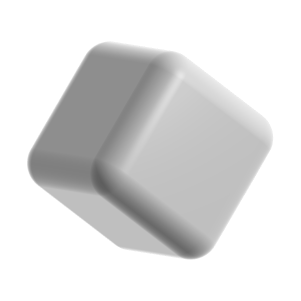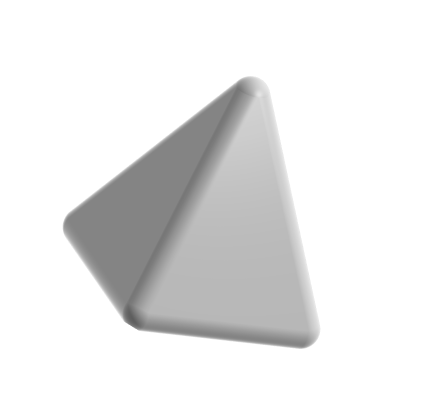Introduction to 3D Art Tools
For aspiring and professional 3D artists alike, having the right tools is crucial for creating stunning visual art. Whether you are involved in animation, game design, or product visualization, the tools you choose can significantly influence your workflow and output quality. In this guide, we will explore some of the top tools that every 3D artist should consider integrating into their toolkit.
Must-Have Software for 3D Modeling
At the core of any 3D artist’s workflow is reliable modeling software. Programs such as Blender, Autodesk Maya, and ZBrush have become industry standards due to their powerful features and extensive capabilities. Blender, being open-source, offers tremendous value without a price tag, while Maya is favored for animation and visual effects in films. ZBrush excels at high-resolution sculpting, making it a go-to for many artists looking to add intricate details to their models.
Enhancing Creativity with Texturing and Rendering Tools
Once your models are ready, the next step is texturing and rendering. Tools like Substance Painter and Adobe’s Photoshop are indispensable for creating realistic textures and intricate details. Additionally, rendering engines like V-Ray or Arnold can help bring your creations to life by providing photorealistic output, enhancing the final presentation of your work. By leveraging these essential tools, 3D artists can push the boundaries of their creativity.
In conclusion, the right toolkit is crucial for any 3D artist striving for excellence. By selecting from these top tools, artists can streamline their processes and elevate the quality of their creations, ensuring they stand out in a competitive landscape.





